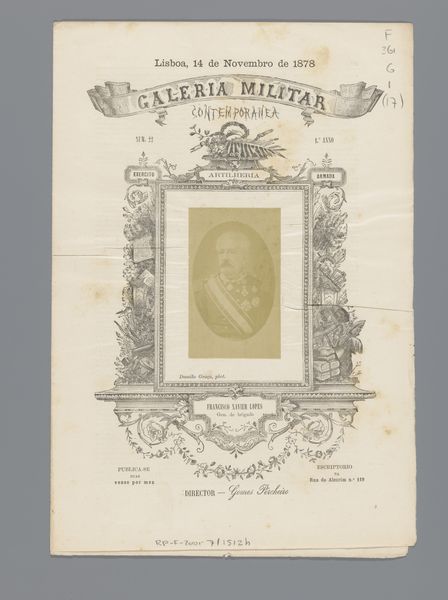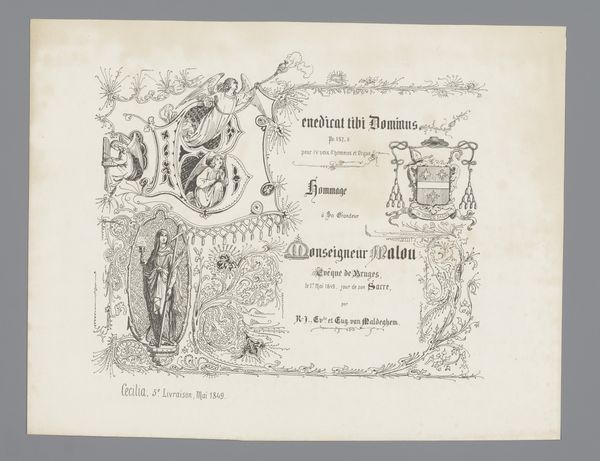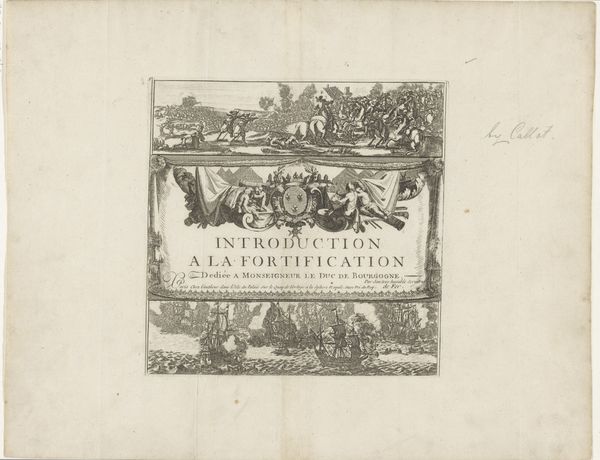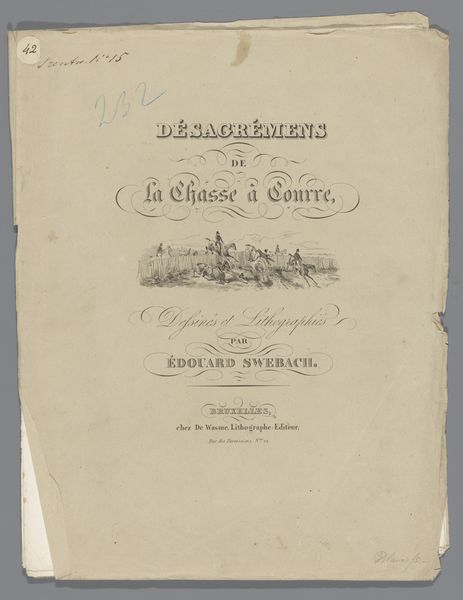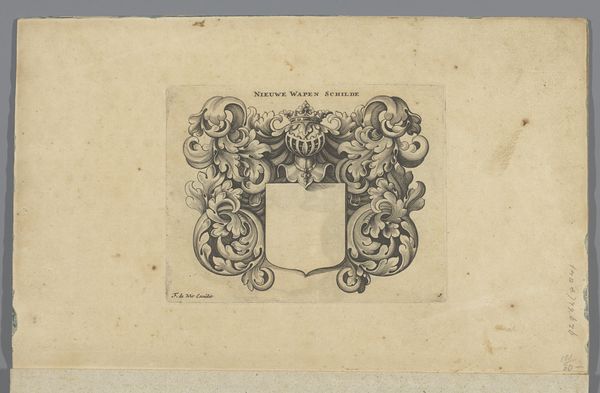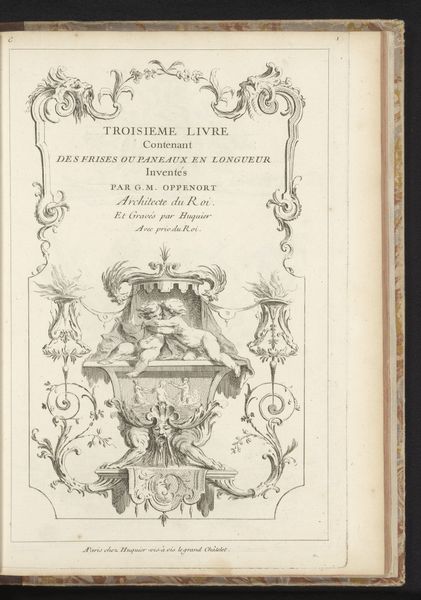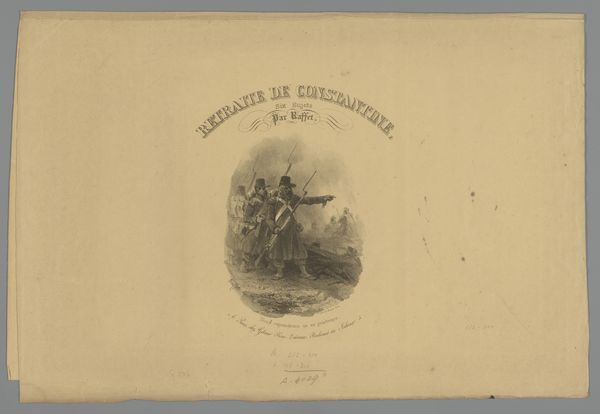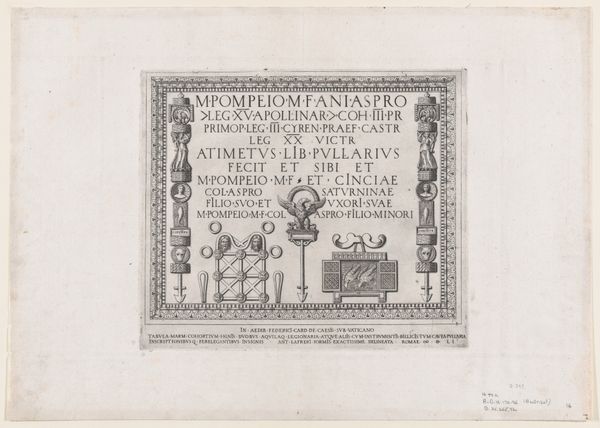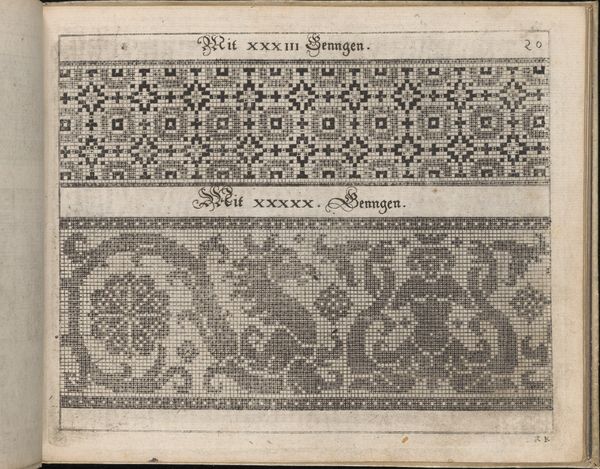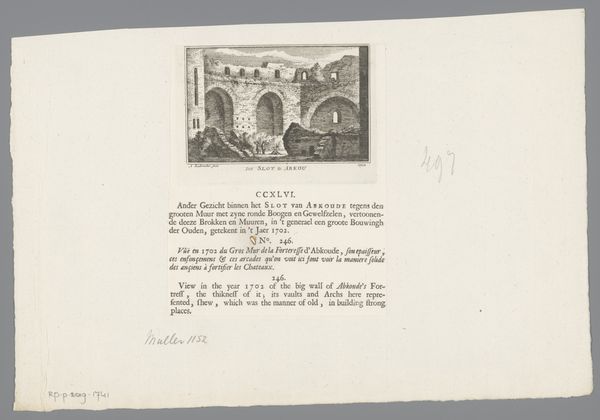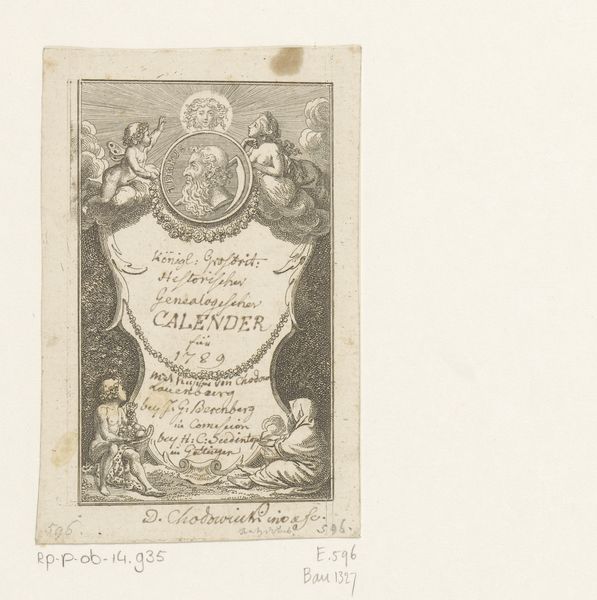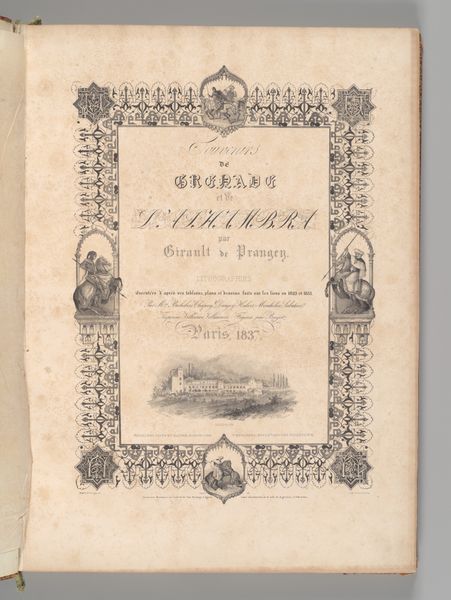
drawing, print, paper, engraving
#
portrait
#
drawing
#
16_19th-century
#
dutch-golden-age
# print
#
paper
#
romanticism
#
history-painting
#
engraving
Dimensions: height 240 mm, width 355 mm, height 240 mm, width 710 mm
Copyright: Rijks Museum: Open Domain
Curator: Ah, yes, here we have “Schepen,” created in 1831 by Pieter le Comte. It’s currently held in the collection of the Rijksmuseum. Editor: My first impression is its almost austere, but very controlled. It's intricate. Almost like a very precise technical diagram wrapped in romantic era yearnings for the sea. Curator: Absolutely. And context is key here. The work emerges from the Romantic period but you can also situate it with strong influences from the Dutch Golden Age. The engraving on paper shows the artist as both observer and recorder of the Dutch naval tradition. Editor: Looking at it closely, the means of production seem very intentional. The artist's choices, the engraved lines… it suggests not only craft but also the crucial role maritime technology played in Dutch society and trade. You almost sense a tangible connection to the shipbuilding and seafaring culture. Curator: Indeed. We have to understand this piece as a statement, in the post-Napoleonic era of Dutch naval aspirations and identity. Naval power was a symbol of national pride and international reach. The very act of documenting these vessels reinforces their cultural and historical importance. It speaks to the broader sociopolitical currents. Editor: Precisely. Even the choice of materials and the print format speaks volumes. Paper as a readily available medium suggests its broader accessibility. Think of prints being distributed among naval officers or shipbuilding workers, creating a shared visual culture… Curator: Yes! Imagine how these images would circulate and contribute to public awareness and national sentiment. They provided visual representations of a very particular cultural narrative linked with the sea. Editor: It’s interesting how a work of graphic art engages the national and maritime project. Curator: Precisely! "Schepen" serves as a reminder of the intersection between art, technology, and Dutch society during a transformative period in European history. Editor: Agreed. When you think about the tools used, paper made available by industrial growth, there’s real labor represented in the production itself. Curator: A worthy perspective indeed; something that shapes my thinking as well as I study the legacy of these enduring visual works!
Comments
No comments
Be the first to comment and join the conversation on the ultimate creative platform.
